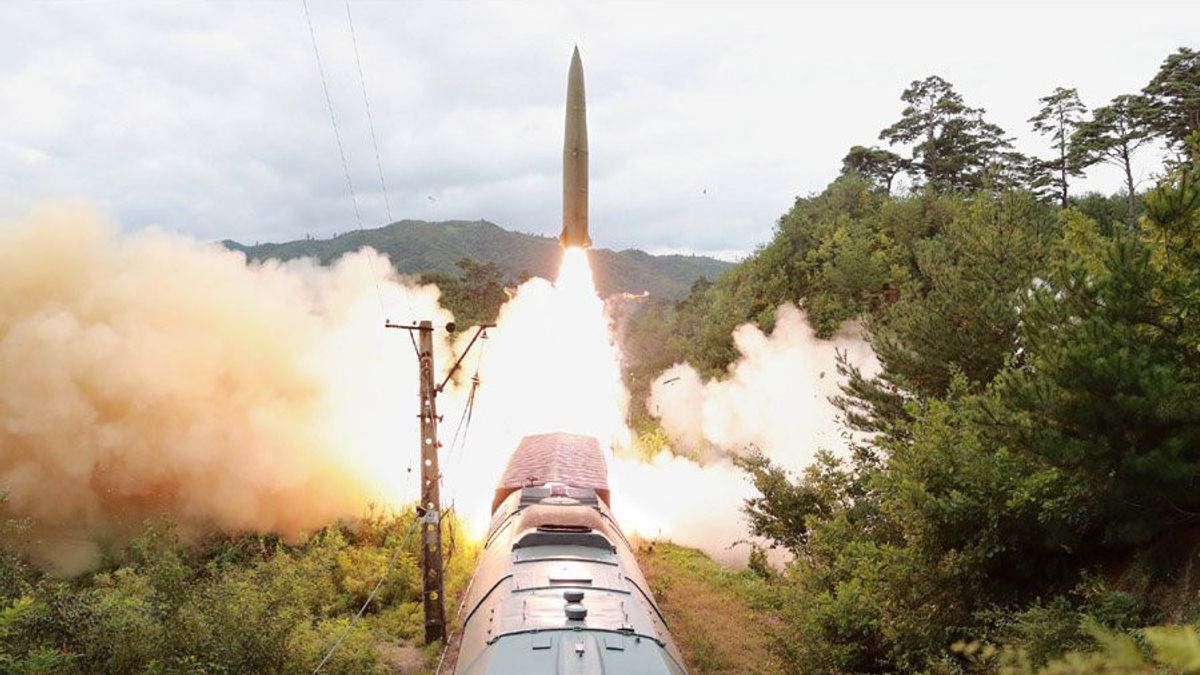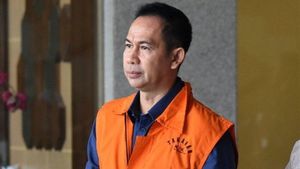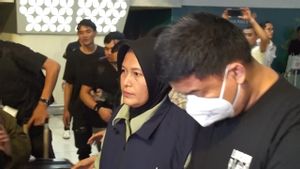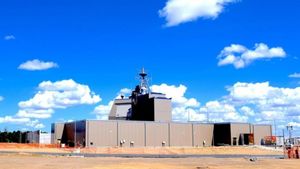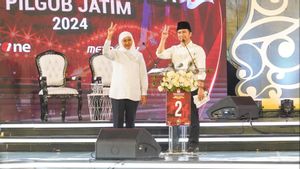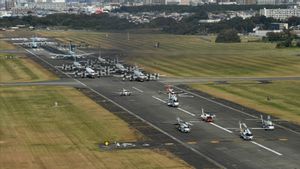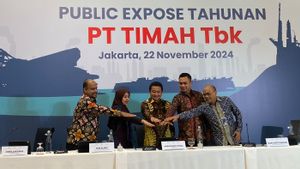JAKARTA - North Korea announced a successful test-firing of a train-based missile, under the direct guidance of the Secretary of the Central Committee of the Workers' Party of Korea who is also a member of the Presidium of the Political Bureau Pak Jong-chon, state news agency KCNA said on Thursday.
In a test conducted last Wednesday, the missile fired successfully hit a target 800 kilometers away located in the East Sea region of Korea, citing KNCA Thursday, September 16.
"This firing drill is aimed at confirming the practicality of the rail missile system deployed to action for the first time, assessing the combat readiness and capability of performing regimental firepower tasks, achieving proficiency in the procedure of action in terms of actual combat," KCNA said.
Mr. Jong-chon praised the firing test this time was successfully carried out in accordance with the design and strategic and tactical goals of the North Korean government party.

The 8th Party Congress, as part of the establishment of the new national defense strategy, organized the rail-carried missile regiment to increase the capability to deal with intensive concurrent attacks, significantly increasing the ability to deal with various types of threats more positively.
"The rail-carrying missile system serves as an efficient means of counterattack capable of delivering a heavy multi-concurrent blow to threatening forces," he said.
"The deployment of the rail-carrying missile system for action in accordance with the lines and policies of the modernization of the army set out at the 8th Party Congress, has great significance in enhancing the country's war prevention," he continued.
Separately, citing Reuters, South Korea has reported that the missiles were fired from the central hinterland of Yangdok.

According to KCNA, Pak said there were plans to expand the rail-carried missile regiment to a brigade-sized force in the near future, and to conduct training to gain "operational experience for actual warfare."
The army should prepare tactical plans to deploy the system in different parts of the country, Pak said.
Meanwhile, observers say the system is likely constrained by North Korea's relatively limited and sometimes unreliable rail network. But it could add another layer of complexity to foreign militaries trying to track and destroy missiles before they are fired.
"Rail-mobile missiles are a relatively inexpensive and reliable option for countries looking to increase the survivability of their nuclear forces," Adam Mount, senior research fellow at the Federation of American Scientists, said on Twitter.
"Russia is doing it. The US is considering it. It makes perfect sense for North Korea."
A senior researcher at the US-based Carnegie Endowment for International Peace, Angkit Panda, said it was unusual to see variations in the missile delivery systems and launch platforms developed by North Korea.
"It's not very cost-effective (especially for a resource-limited country) and much more operationally complex than leaner, vertically integrated forces," he said on Twitter.
The rail system displayed Wednesday may set the stage for developing a system capable of launching larger nuclear-armed intercontinental ballistic missiles (ICBMs), Panda added.
He also noted that some of the missile systems displayed by North Korea may be about 'technological demonstrations' that may not be fully deployed.
The English, Chinese, Japanese, Arabic, and French versions are automatically generated by the AI. So there may still be inaccuracies in translating, please always see Indonesian as our main language. (system supported by DigitalSiber.id)
